This changing of the guard presented an ideal opportunity for Denis to reflect on the past 25 years, and look ahead to the future for NZ Nature Fund and our fight against extinction of our most endangered species.
What was the genesis of NZ Nature Fund?
The key driver was the recognition that New Zealand’s conservation estate would benefit from a nation-wide fundraising organisation that worked to enable and challenge companies, individuals and visitors to contribute to conservation projects.
Conservation fundraising had never before been seen as a specialised task in itself and at that time DOC, while able to accommodate a few large sponsors, did not have the resource, now was mandated to raise and manage funds for conservation projects that otherwise would have gone unfunded.
ln 2001 the timing was right. Other major business influences such as Business for social responsibility and triple bottom line reporting was taking hold. As social causes rallied into position it was critical that we were able to bring conservation causes to the fore.
We reached our first formal agreement with DOC and signed a formal Memorandum of Understanding in 2001, setting out the terms of the funding relationship between DOC conservation projects and the private sector funding to be leveraged by the foundation.
What was the problem you were trying to solve?
The true cost of saving and protecting native species from extinction here, and everywhere in the world for that matter, will always be much greater than any government is prepared to fund.
I believed it was important to have an independent non-advocacy organisation working with DOC to raise money for conservation for all our endangered species.
Did you look offshore for ideas on how to structure the fund?
Yes, and there was no other government department that I could find in other countries that tried to raise its own funds from private donations. They all operated the model of support from independent charities for receiving funds from the private sector.
One of our founding trustees and later Chair Murray McKee spent time in the United States and was most impressed with the US National Parks Foundation model. Also we knew people who worked in conservation in Australian States where it was as similar situation and fundraising was executed by Foundations.
In both those countries the foundation model of philanthropy works incredibly effectively. In 2021 the Foundation for National Parks and Wildlife in Australia raised $4.4million directly from the Australian public while the National Park Foundation in the United States provided a massive US$89.4 million in direct grants and programme support.
Who else was involved in those days?
The three founding trustees were myself, Murray McKee from Wellington, and Jim Guthrie who was a talented lawyer from Dunedin and Chair of the Conservation Authority. Sadly Jim developed serious Parkinsons disease and had to retire from all professional work. Murray McKee chaired the Foundation for five years while I was based in London as the Secretary General of the Commonwealth Parliamentary Association.
Another very long serving trustee who retired recently but still provides us with professional advice is Mark Christensen a resource management specialist from Christchurch. Lady Prue Wallis joined the board in the early days and has remained a strong and long serving Trustee.
Both Sir Sam Neill and Sir Tumu Te Heu Heu were early trustees and became ambassadors for the Foundation. Kim Hill was also an early trustee. Dick Hubbard and Charlotte Fisher both served terms as Chair.
We’ve also had a large number of trustees who’ve made an enormous contribution with their professional experience such as Andy Archer formerly of Ernst and Young who encouraged us to register as a Charity in the United States, and Kate Smith who led the project to rebrand to NZ Nature Fund.
What about early donors?
In our early years we built very strong relationships with some of the key operators in conversation and leisure tourism. They enabled the Fund to get established by providing early funds.
Some of our most prominent tourism operators including Real Journeys (now Real NZ), Ultimate Hikes (operate Milford and Routeburn guided walks), and AJ Hackett Bungy remain great supporters of the cause today.
The NZ Nature Fund strategic plan has always been very clear that the charity must never get involved in advocacy. Why?
It would be impossible for DOC to build a working relationship with an advocacy organisation as there would be potential political conflicts of interest and priority.
Our role is simply to enable and challenge donors and philanthropists to contribute to conservation projects and leave DOC to execute them. The NZNPCF (now the NZ Nature Fund) was established with the full co-operation and strong support of DOC.
Tell us about some of the conservation projects you’ve funded and found most rewarding over the past 25 years.
There have been many, many projects undertaken over the years – not only our endangered birds, but also geckos, skinks, wetas, removing noxious weeds, and pests.

Denis releasing a Takahe in the Rees Valley in February 2025
One excellent project in our early days was a $60,000 annual grant from Transpower which we managed for a number of years. We would call for applications from community groups for a $10,000 grant towards their conservation projects. It seems small in comparison to the funds we are raising today but it funded important local projects all over New Zealand.
In the 2000’s managed a four year lizard conservation project sponsored by Kathmandu. The then marketing manager Mark Williamson said something in 2009 that I think still applies today. “lt was however only when we were approached by the Foundation that we realized the opportunity to develop ‘public private’ conservation sponsorship could be easily put in place.” Building awareness that donors can invest directly in conservation projects was, and remains, a huge part of our mission today.
In 2024 NZ Nature Fund signed a Memorandum of Understanding with DOC to receive and manage funds from the public for high priority conservation projects – how significant was this for you?
This is a huge milestone. The NZ Nature Fund is now raising and managing funds donated by individuals, as well as managing the money which DOC raises itself. For years I had been concerned that the cost of raising private funds by a government department is much more expensive and less transparent than via a separate charity, as happens elsewhere.
Also there is a significant risk Treasury will see the additional funds raised by DOC as an offset against their baseline funding.
How do you feel the future looks for the long list of our native species at risk of extinction?
It will always be a battle. While we all voice our support for conservation, when it comes to political focus groups and polls the priority always goes to health, education, and welfare, and other priorities for govt. spending. And sadly conservation is also low in the list of charitable giving.
But, on the positive side there are very big international philanthropic organisations leading the fight to save species and natural environment around the world. And I am very confident NZNF, our donors, and with other conservation charities together we will lead the fight to save our endangered species in New Zealand.
I am very excited about the response we have had since launching fundraising for DOC’s $78m project to remove pigs, cats & mice from the subantarctic Maukahuka or Auckland Island.
When I was Minister of Conservation in 1993 DOC removed the final cow known as ‘Lady’ from Enderby Island. She was the last domestic animal to leave the Subantarctic islands, ahead of many more years of pest eradication work by DOC teams which followed. In January this year I had the privilege of travelling with Heritage Expeditions back to the subantarctics taking in Enderby, the Snares, Campbell Island and, the jewel in the crown, Maukahuka/the Auckland Islands. It was amazing to see the transformation on Enderby Island many years after the removal of the cattle as well as rabbits and mice.
Those subantarctic islands which might be far to the south of us but they are of immense value to our economic zone, as a World Heritage area and home to the world’s biggest populations of seabirds.
What about the future of the NZ Nature Fund and our mission to lead the fight against extinction?
I am very excited about the future of NZNF. We have a tremendous team now led by Neil Mulholland, former CEO & President of the US National Parks Foundation(a Kiwi by marriage and living in NZ), a highly skilled CEO in Sarah Lyttle, and a talented and committed team of trustees with conservation, and investment experience.
You are stepping down as Chair of NZNF, but are you staying involved?
Yes I am staying on as a Trustee after almost 25 years of being on the Board and I am as enthusiastic and motivated as ever.





































